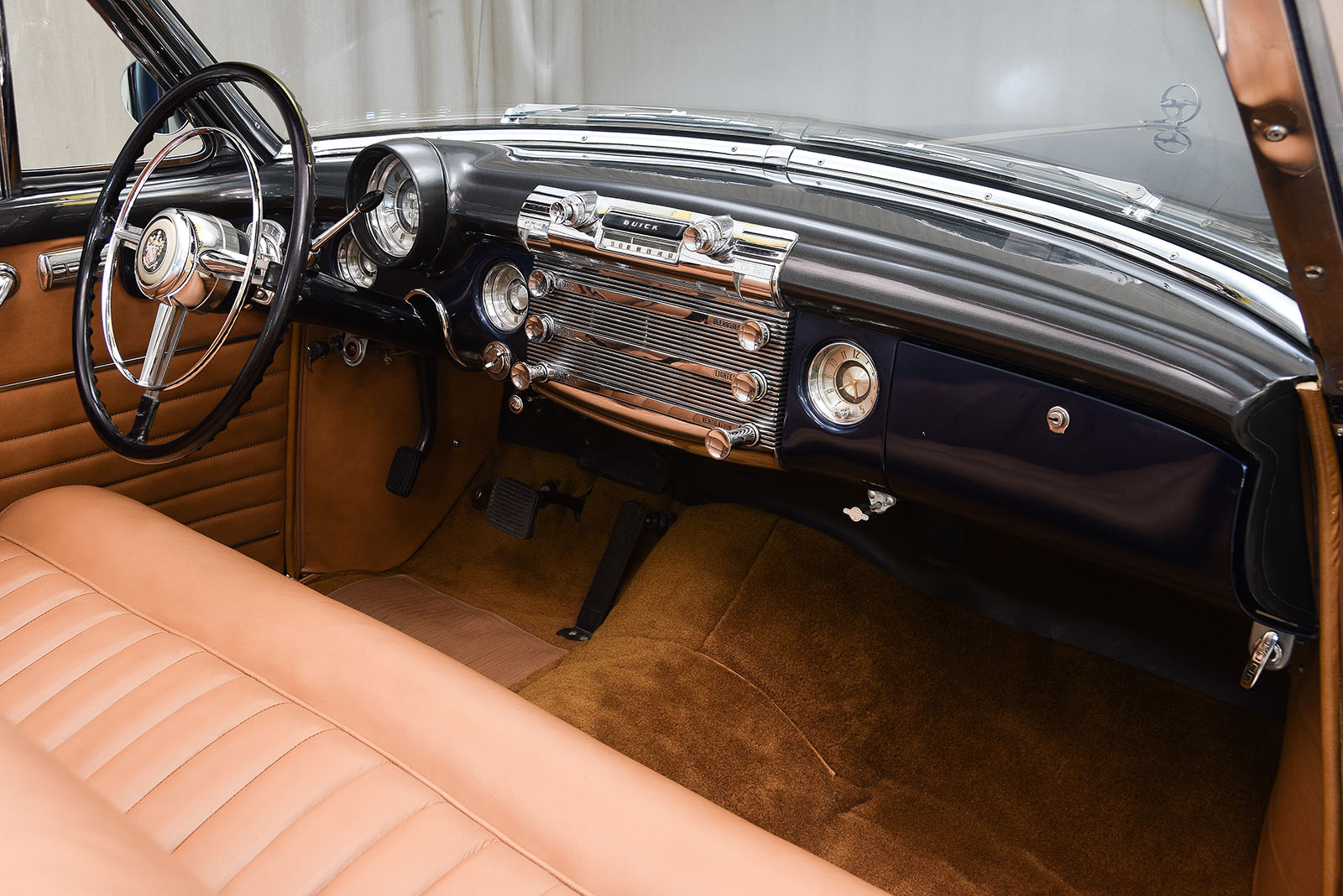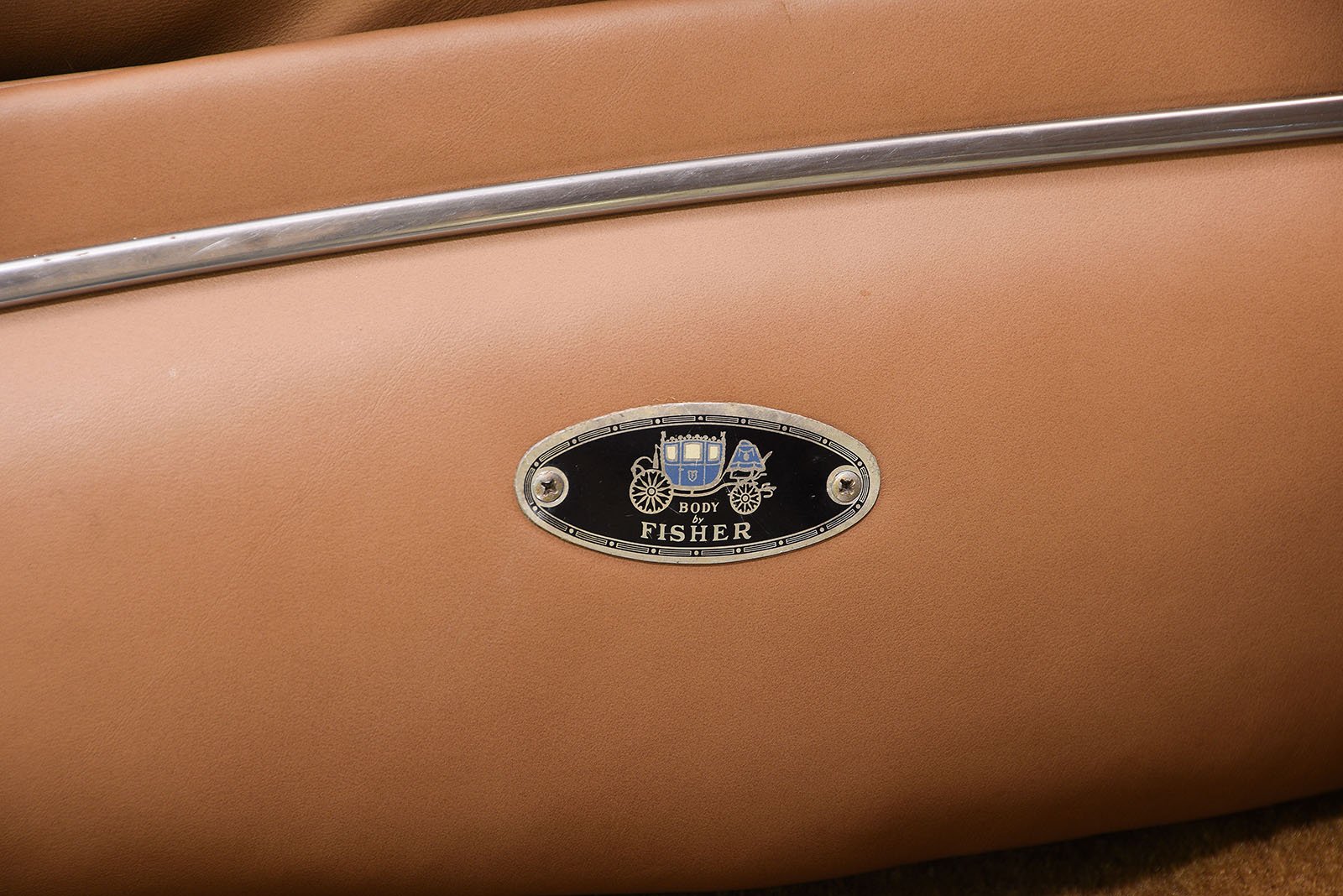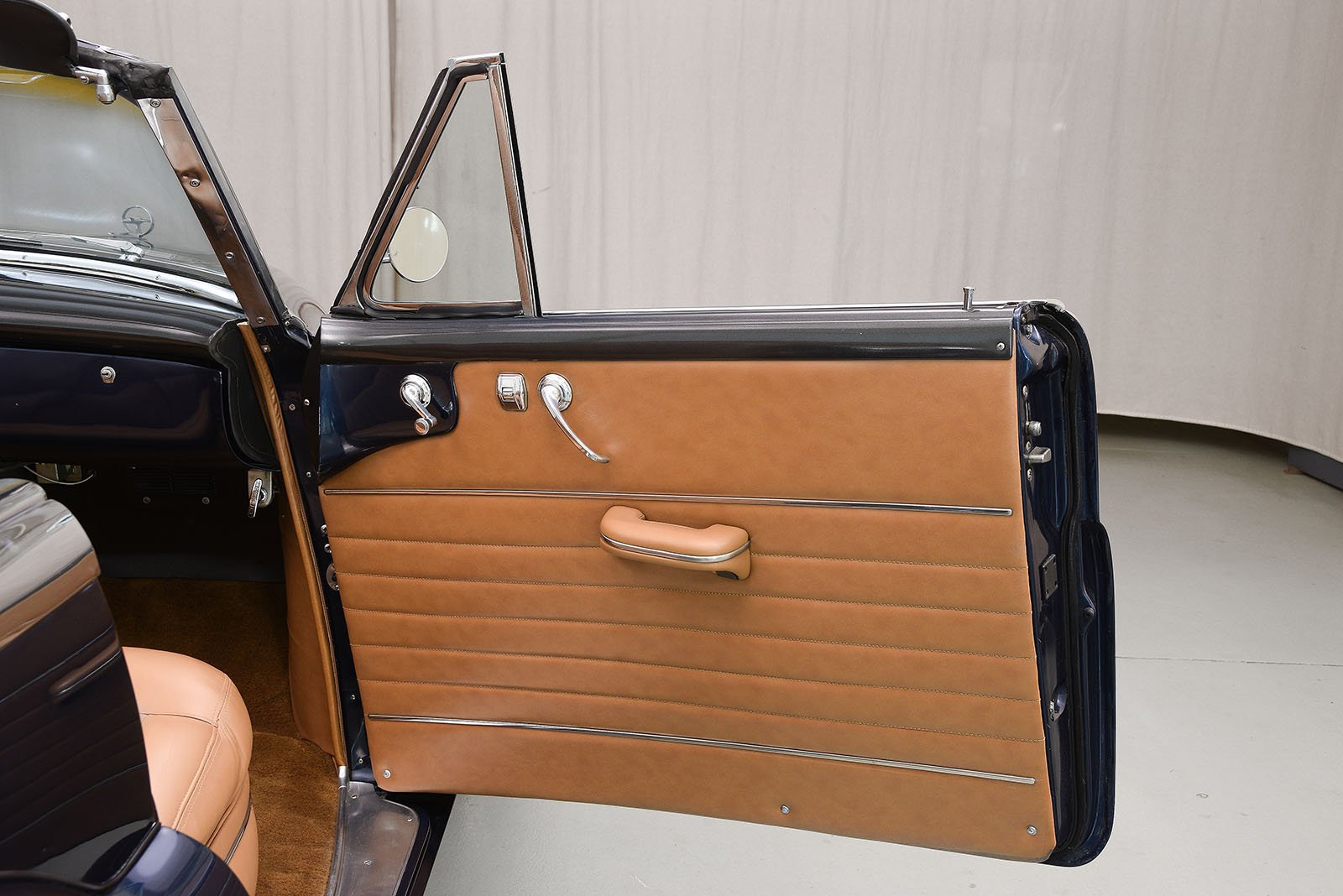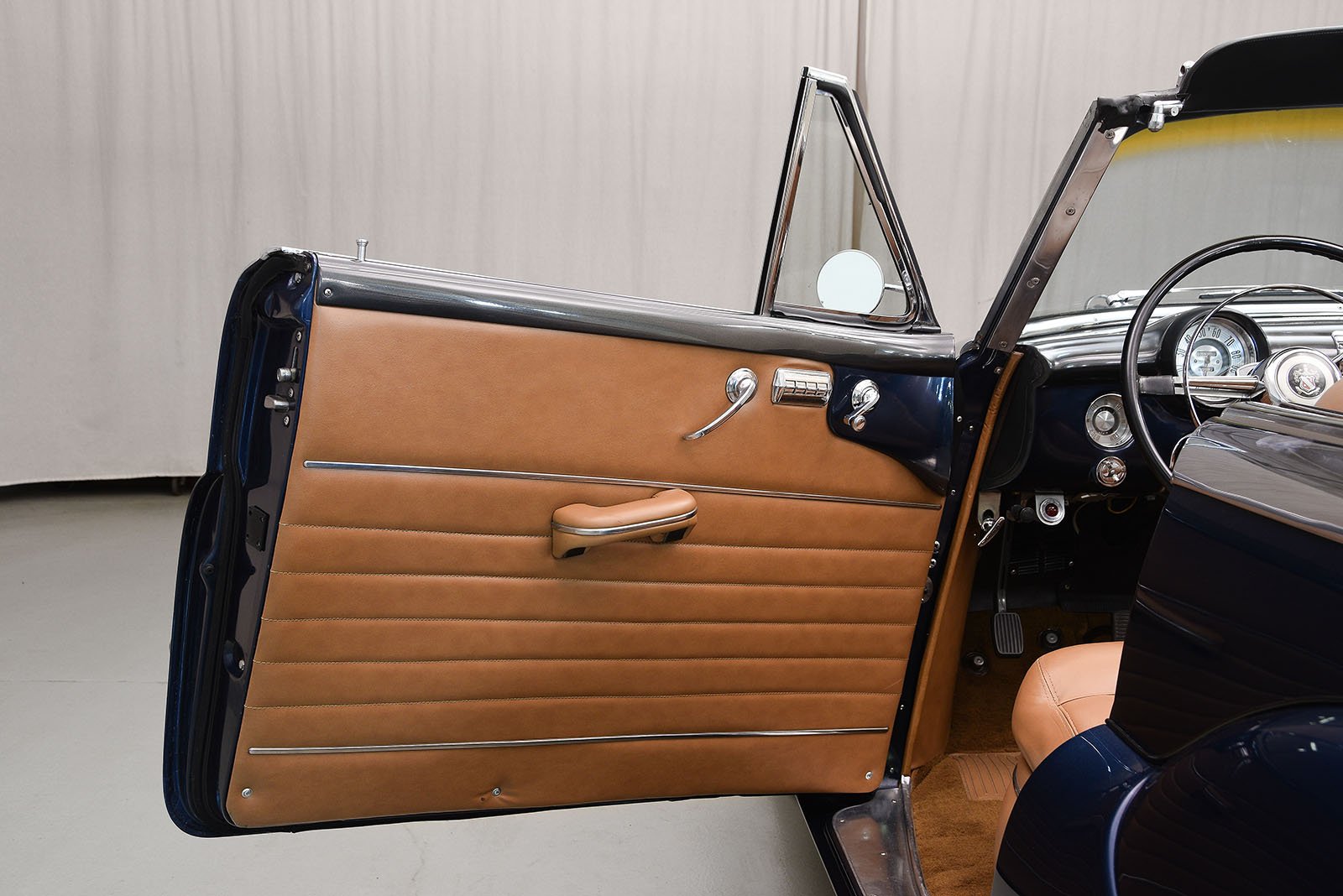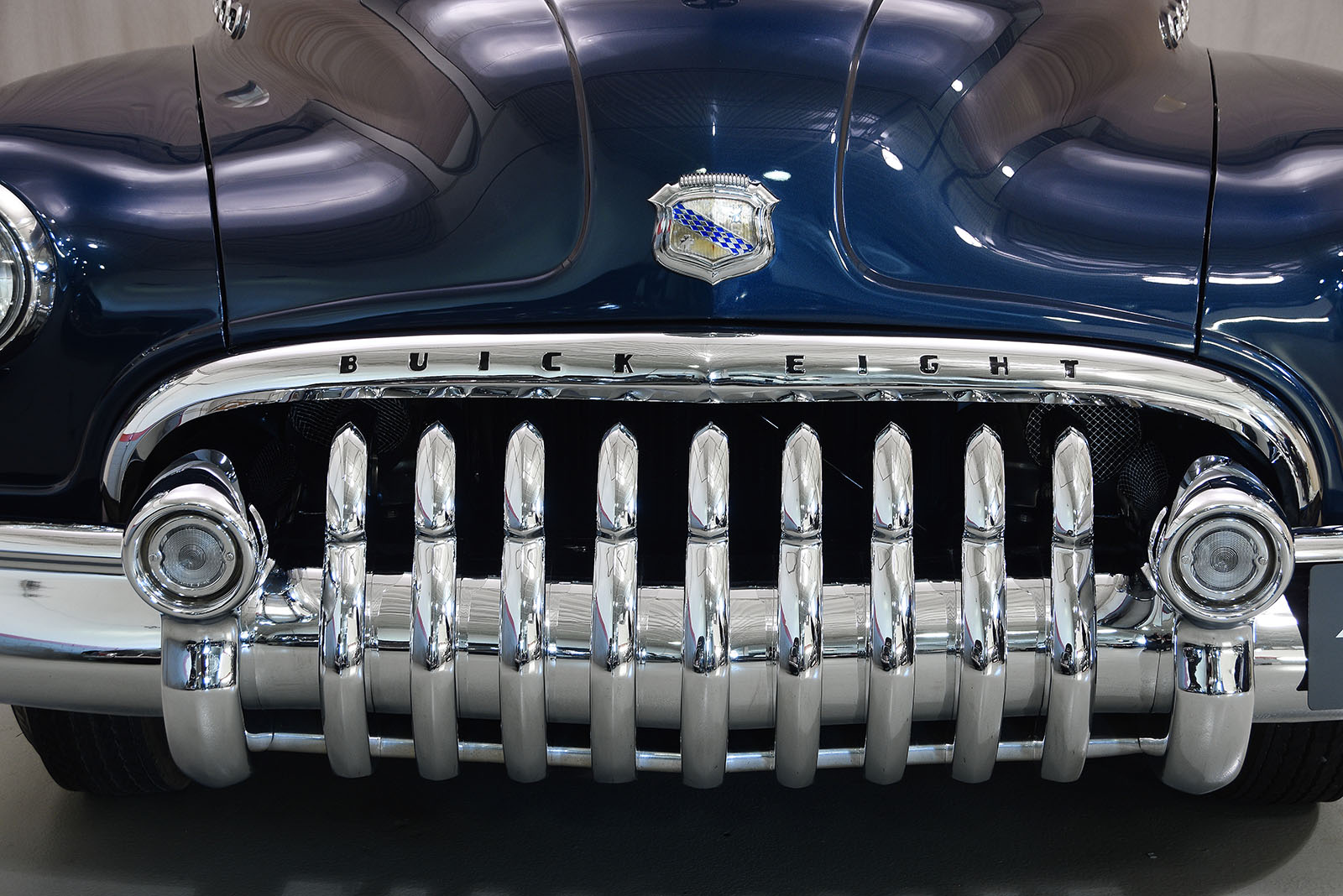
With newfound energy and optimism in the aftermath of World War II, American car companies were rushing to produce fresh new designs for this new period in history.
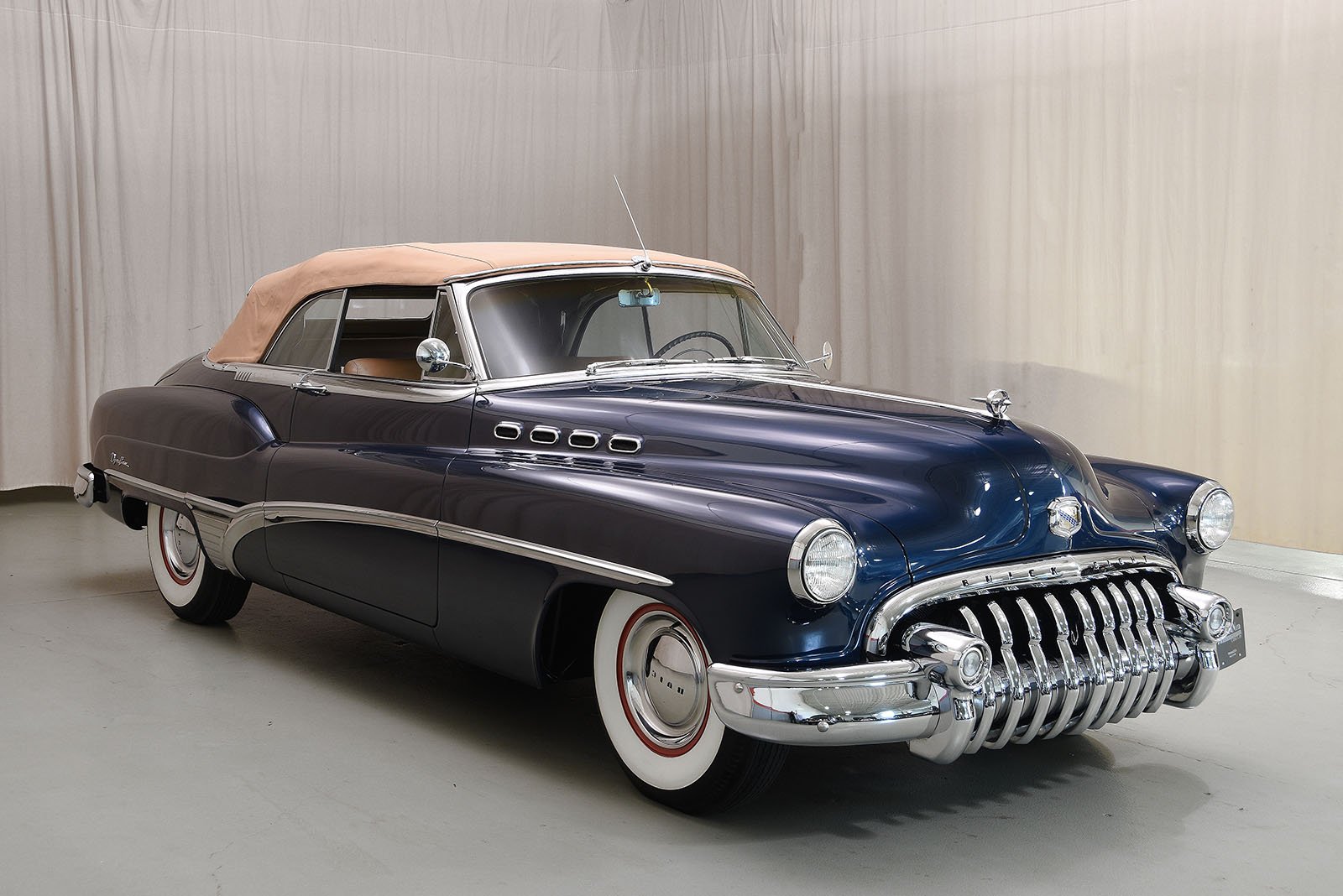
Tiny, independent Studebaker was first out of the blocks with an all new design with their Champion compact car. GM was a fair bit later to the market with their new offerings, but once they unveiled their new cars, they proved a massive success.

At General Motors, Buick ranked a strong second to Cadillac in the range. Buicks were known for their quality, style and luxurious equipment, all in a package that was less ostentatious than a Cadillac and on par with something like a Junior series Packard. 1949 saw the debut of Buick’s first all-new post-war cars.

Innovations such as the Dynaflow two-speed transmission were featured on large, solidly built automobiles that rode on luxurious coil-sprung chassis. New, thoroughly modern body styling was a drastic departure from the Art Deco designs of the late 1940s.

The 1950 model year saw further refinements and the introduction of the distinctive, bright grille that lent the cars an unmistakable “toothy grin” appearance. At the top of the Buick range sat the 70-Series Roadmaster.
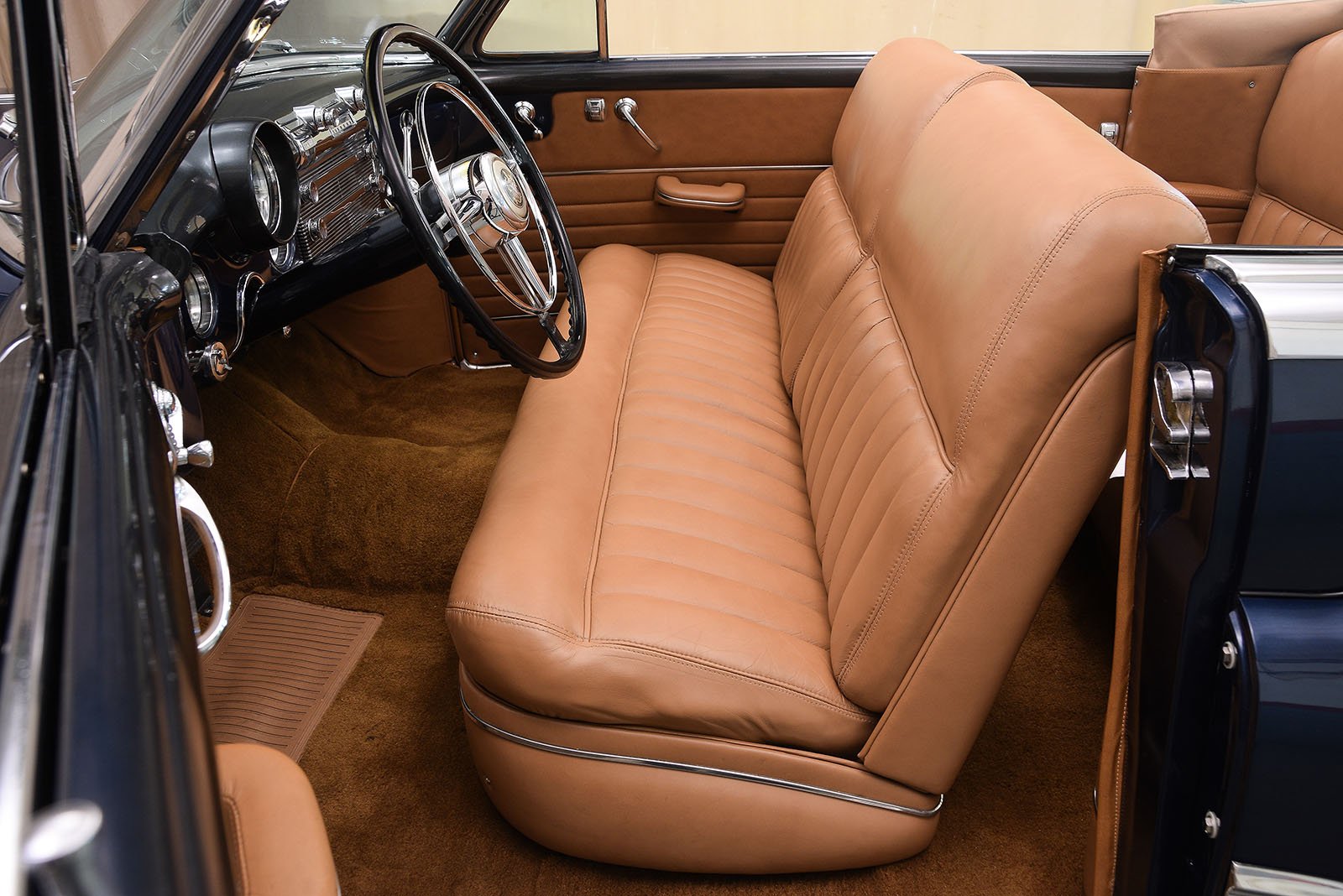
The Roadmaster featured a 152 horsepower, 320 cubic inch OHV Straight-eight, the optional Dynaflow transmission, hydraulic brakes, coil spring suspension and plenty of posh, luxurious equipment.
